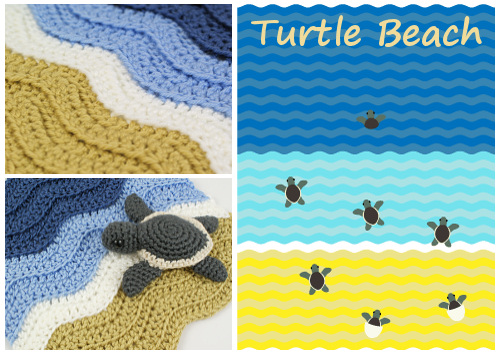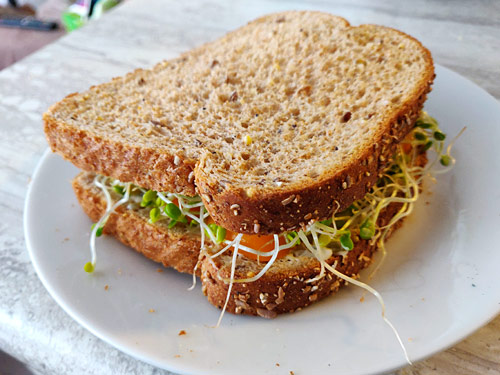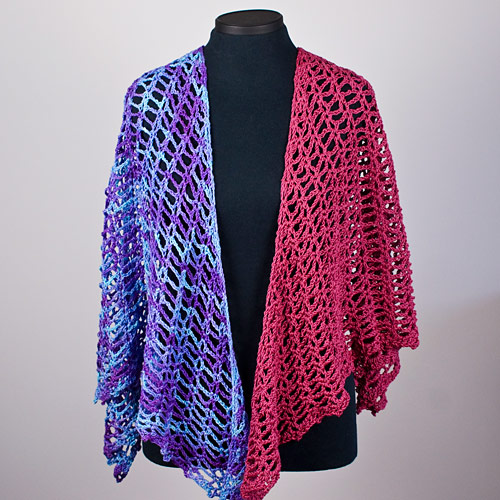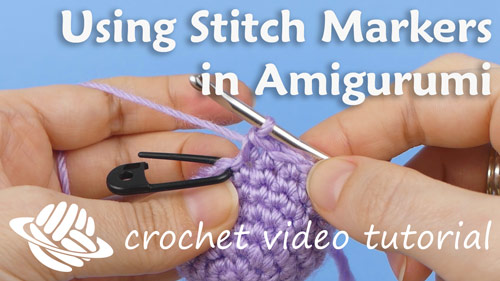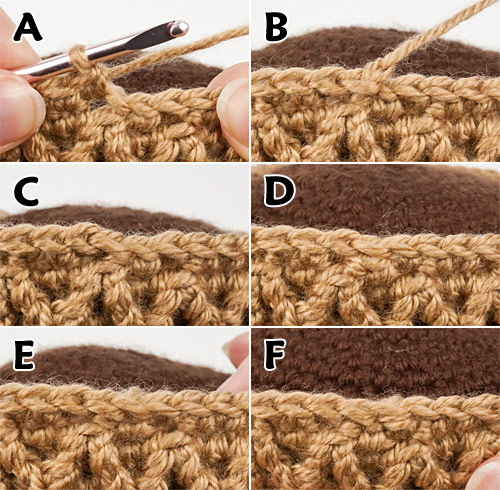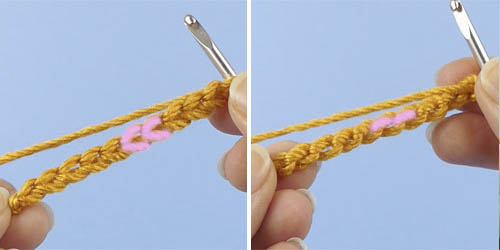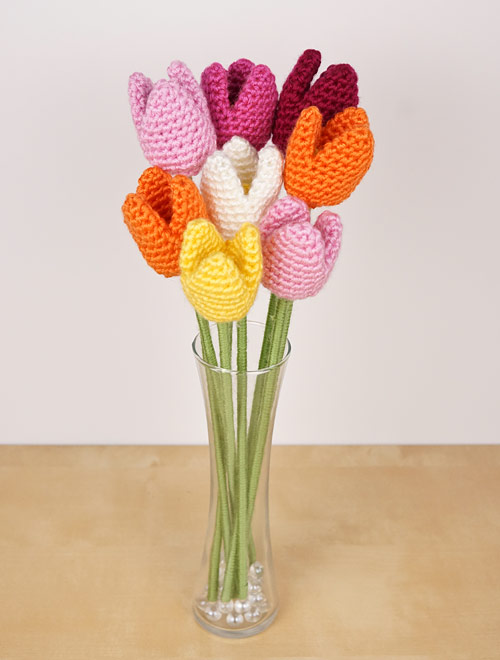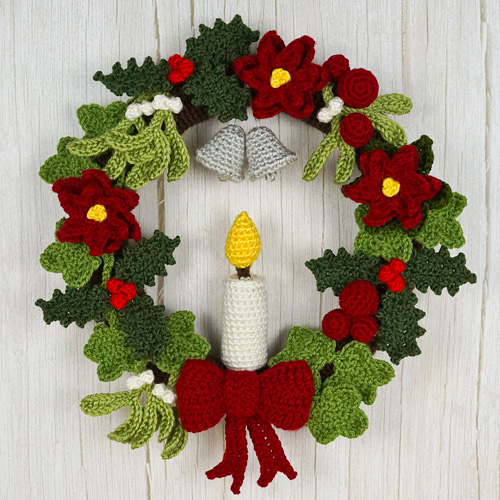
With Christmas rapidly approaching, I thought I’d share my tips on how to arrange a (crocheted) wreath so it looks balanced and beautiful, using my Christmas Decor wreath as an example. Wreath Inspiration Gallery Of course, wreaths aren’t only for Christmas, and there’s no one right way to design or arrange a wreath! Depending on […]

